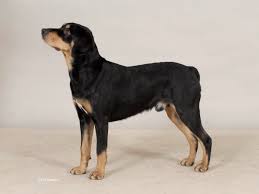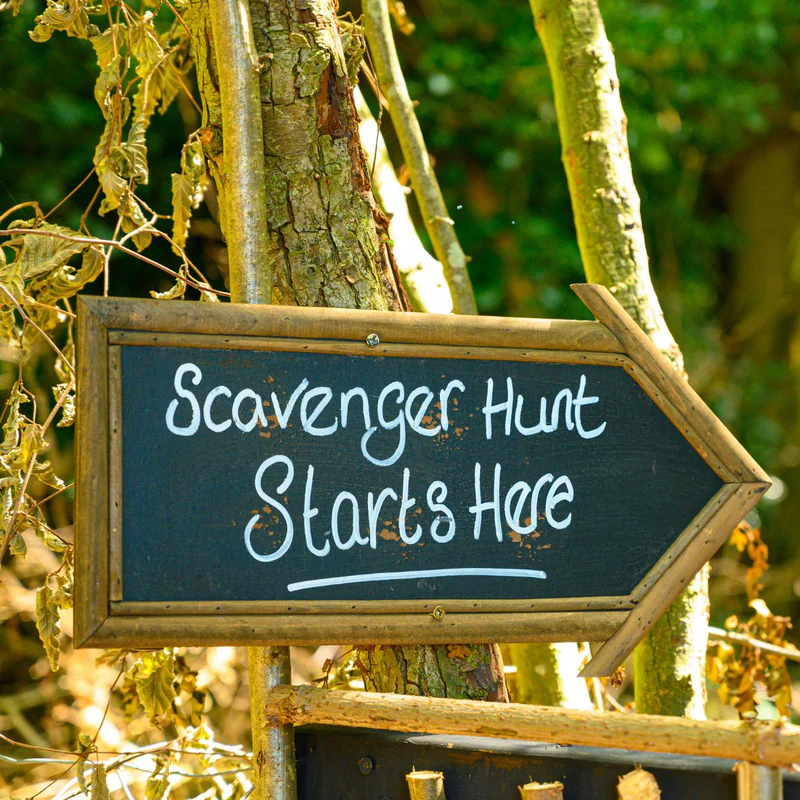
Smaland Hound
Conditions of detention
Smaland Hounds thrive in environments where they have plenty of space to roam and exercise. They are best suited for homes with large yards or access to open areas and do well in both rural and suburban settings.
Useful Fact: Due to their high energy levels and need for physical activity, Smaland Hounds are not ideal for apartment living unless they receive ample exercise.
Nutrition and diet
A balanced diet rich in high-quality proteins, fats, and essential nutrients is crucial for the Smaland Hound. Their diet should support their active lifestyle and maintain their overall health.
Useful Fact: Monitoring portion sizes and providing a diet appropriate for their age, weight, and activity level helps prevent obesity and maintain optimal health.
Health
Smaland Hounds are generally healthy dogs with a lifespan of 12-15 years. However, they can be prone to specific conditions such as hip dysplasia and ear infections due to their floppy ears.
Useful Fact: Regular veterinary check-ups and maintaining ear hygiene can help detect and prevent common health issues.
Grooming and care
The Smaland Hound has a short, dense coat that is relatively low-maintenance. Regular brushing helps keep their coat healthy and reduces shedding.
Useful Fact: Bathing should be done as needed, typically when the dog is dirty or has a strong odor. Regular ear cleaning is also important to prevent infections.
Education and training
Smaland Hounds are intelligent and eager to please, making them relatively easy to train with consistent, positive reinforcement methods.
Useful Fact: Early socialization and obedience training are crucial to develop good behavior and ensure they are well-adjusted adults. They respond well to reward-based training methods.
Toys and entertainment
Interactive toys, puzzle games, and activities that stimulate both their mind and body are ideal for keeping a Smaland Hound entertained.
Useful Fact: Smaland Hounds enjoy activities that challenge their natural hunting instincts, such as tracking games and fetch.
Safety
Ensure your home and yard are secure, as Smaland Hounds have a strong prey drive and may wander if they catch an interesting scent.
Useful Fact: Microchipping your Smaland Hound can help ensure their safe return if they ever get lost.
Accessories
Sturdy collars, harnesses, and leashes are necessary for daily walks. Grooming tools like brushes and ear cleaning supplies are also essential.
Useful Fact: High-quality, durable chew toys can help maintain their dental health and provide mental stimulation.
Socialization
Early and regular socialization with other dogs, animals, and people is crucial for a well-rounded Smaland Hound. This helps in developing a friendly and confident demeanor.
Useful Fact: Puppy classes and regular playdates with other dogs can enhance their social skills and reduce shyness or aggression.
Travel and Transportation
Smaland Hounds adapt well to travel, but ensuring they are comfortable and secure in a car or crate is important for safety.
Useful Fact: Gradual introduction to car rides and providing familiar toys or blankets can ease travel anxiety.
Behavior and psychology
Smaland Hounds are known for their loyal, energetic, and intelligent nature. They thrive on companionship and mental stimulation, making them loyal and engaging pets.
Useful Fact: Mental exercises, such as learning new tricks, can prevent boredom and associated behavioral issues. Smaland Hounds are known for their determination and focus, especially when on a scent trail.
Legal aspects
Owning a Smaland Hound may require specific licenses or adherence to local regulations regarding pet ownership. Ensure your dog is registered and vaccinated according to local laws.
Useful Fact: Familiarize yourself with any breed-specific legislation in your area to avoid any legal complications.


